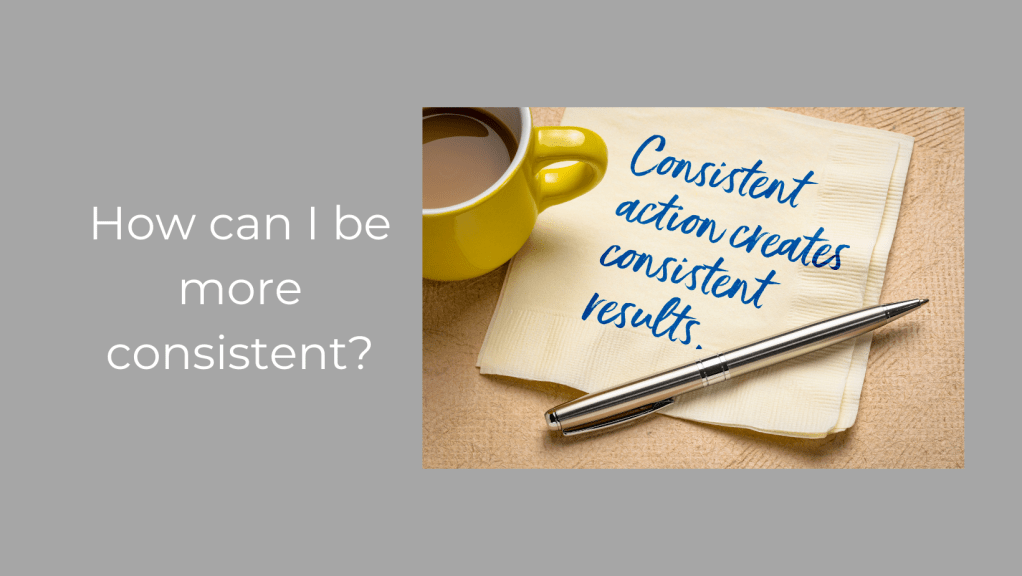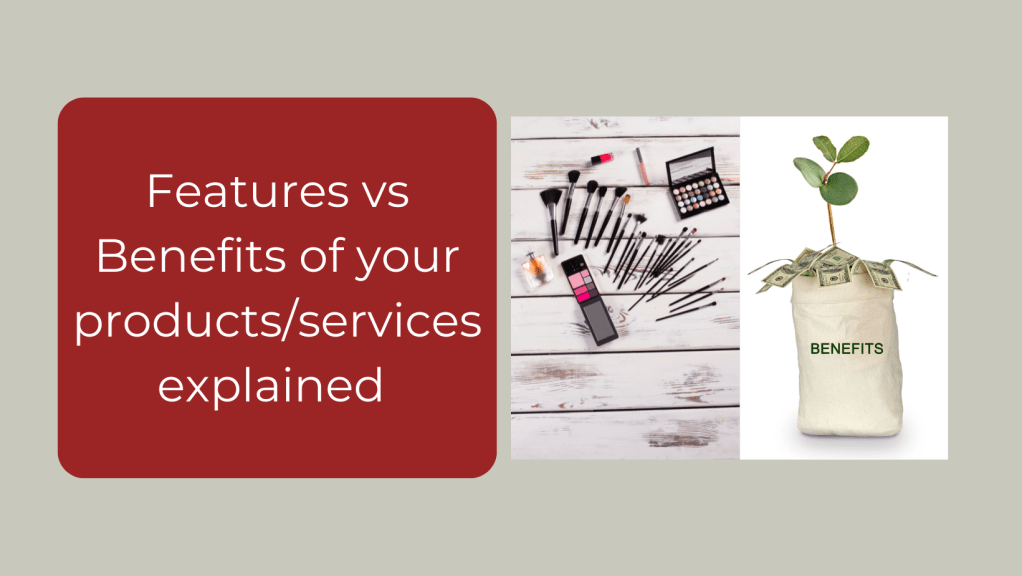The past few years have been tough. Although the pandemic saw lots of new businesses open, the economic climate ever since has seen so many businesses struggling to keep going. Whether this applies to you or not, we are all struggling with one thing or another. But there aren’t many people who stand up and speak about their struggles.
I think it’s because of that age-old thing of ‘stiff upper lip’ – you just don’t talk about it. It could be that we are afraid of being judged, or afraid of rejection…or just simply feel ashamed.
However, I don’t know anyone who doesn’t enjoy a good story, be it personal, emotional, funny, or otherwise. I loved listening to my dad tell me stories of when he was a young soldier in World War II – he used to tell us more about the funny side when we were young, but as we grew up, we heard some of the harder side of his experiences. Telling a story helps our audience to put themselves in our shoes – it appeals to our emotions and our sense of empathy.
We all know about pitching our products and we can do that until we’re blue in the face, but your audience won’t really care unless you give them a good reason to listen. Placing your product at the centre of a story, showing them how it can benefit their lives, not only helps your audience understand more about your product, but it also gives you an extra layer of emotion that makes you stand out more on social media.
Social Media
Most of us are on our phones or devices the minute we wake up, checking messages, emails or just scrolling through posts. It’s often the first thing we do when we wake up and the last thing we do before we go to bed. For those of us in business, our social media account posts are carefully planned and crafted to appeal to our target audience. And even that can be daunting – we worry whether our posts are good enough – will they appeal to the right people? Will people think that they’re rubbish? We compare ourselves to others and fear and doubt can even creep in with our businesses.
We also tend to only share the good things, such as cheery pictures of nights out, a lovely meal, family time – all smiling, date night with our partners etc. etc. But we don’t share our back stories – the stories that make us, US!
This, along with everyone else, gives out a message that we are only allowed to share the good things; things that go well. Having said that, I have noticed that some people are starting to share some of the more private parts of their lives. Now, I’m not saying go out there and share every intimate detail of your life – not at all. But share things that can help your audience.
Share a problem that you’ve solved, share that you’re feeling crap today, or that you feel you’re not doing a good job on something. Sharing this kind of information makes you real…people can empathise – some will have had the same experience, and it can help to build more meaningful relationships.
Telling your story is showing the authentic you – an essential part of who you are.
5 reasons why we need storytelling
- You CONNECT with your audience. You’ll find people who have been through the same thing or feel the same way. You’ll find those who totally get where you’re coming from and who you are. They will share their experiences with you and so it’s a way to start building trust with your audience. When you share your stories, it pushes you to step outside of your comfort zones and to reflect on where you’ve been and how far you’ve come.
- Sharing your story defines your identity to your audience. Sharing your interests, be it political, emotional, funny, or serious issues, it shows you. You can also share your hobbies, as you may find others that have the same interests as you.
- By sharing your own stories, you are helping others to have the space to share theirs. For example, if you share a particularly painful experience, such as miscarriage or mental illness, you’re letting others know that this is safe place to talk about it, that you understand and that there is space for healing. You’ll be helping others by telling your story.
- Sharing a story also heightens the awareness of that subject. It might be something as simple as sharing your weight loss journey, or how you came back from an addiction or homelessness. These things are powerful, and if you can show how you overcame these issues, you are going to be helping someone who is still going through that same thing, and give them hope for their future. This also starts to create a community of likeminded people, who will feel less alone with their problems, and feel they have someone they can share with.
- This can also be applied to business. Sharing a story of how a particular product helped you to overcome your problems. For example, if you sell weight loss products that you have used yourself and had success with, tell your story. If you have a product that has changed your life in some way, shout about it and how it helped. If you’ve used a business to provide a service that has seriously changed the way you do business, or has helped you get more clients, talk about it. If you provide that service and have testimonials that show that, share them as well as your story.
Every single person in the world has a story to tell. It might be a personal story; it might be a business story. But if you get out there and tell it, you’ll be surprised at how much engagement you will get.
If you love stories, read one of my stories about how a business assignment to India changed my life. And if you’ve written a story about an aspect in your life, I’d love to hear about it.






































